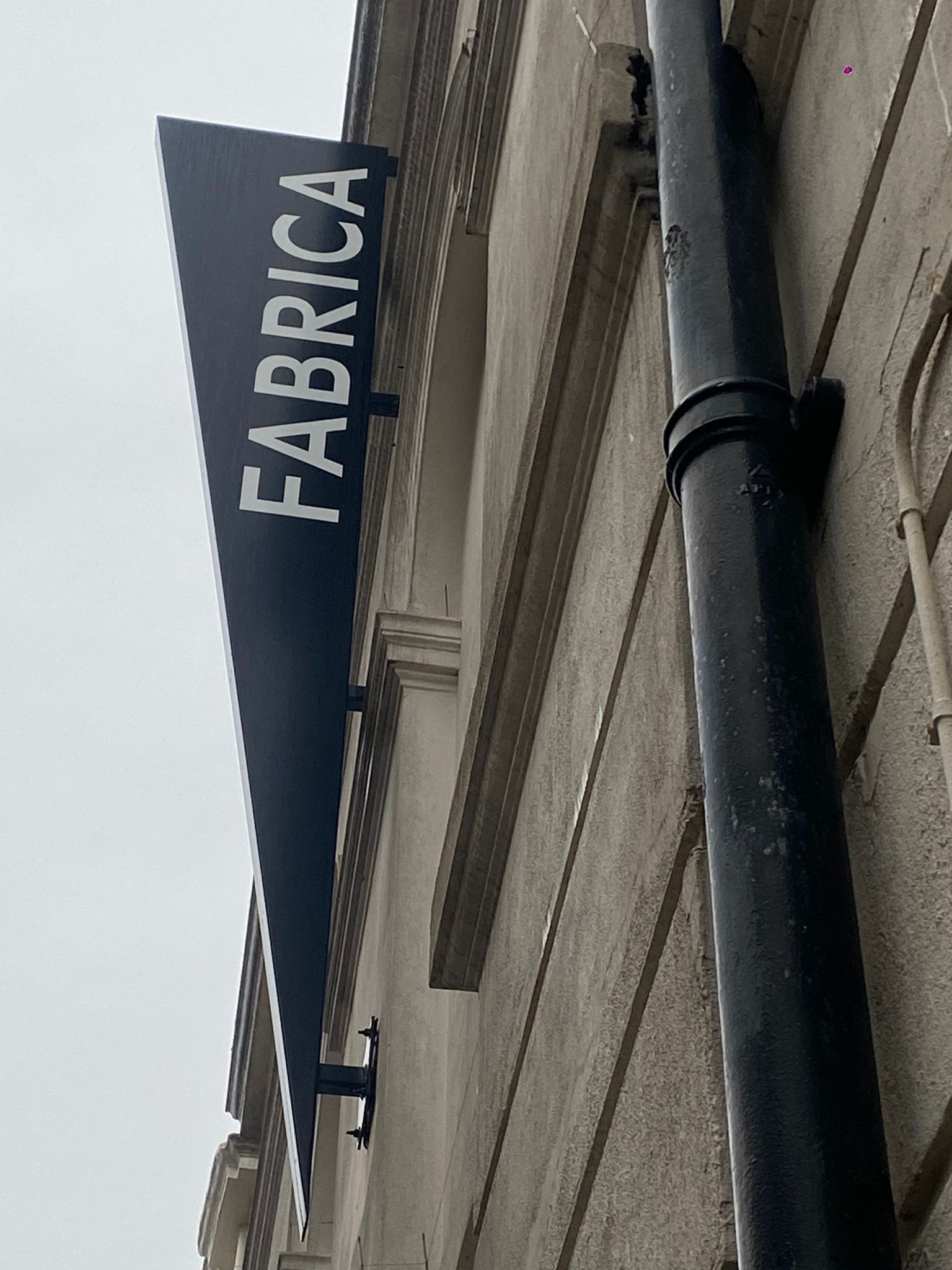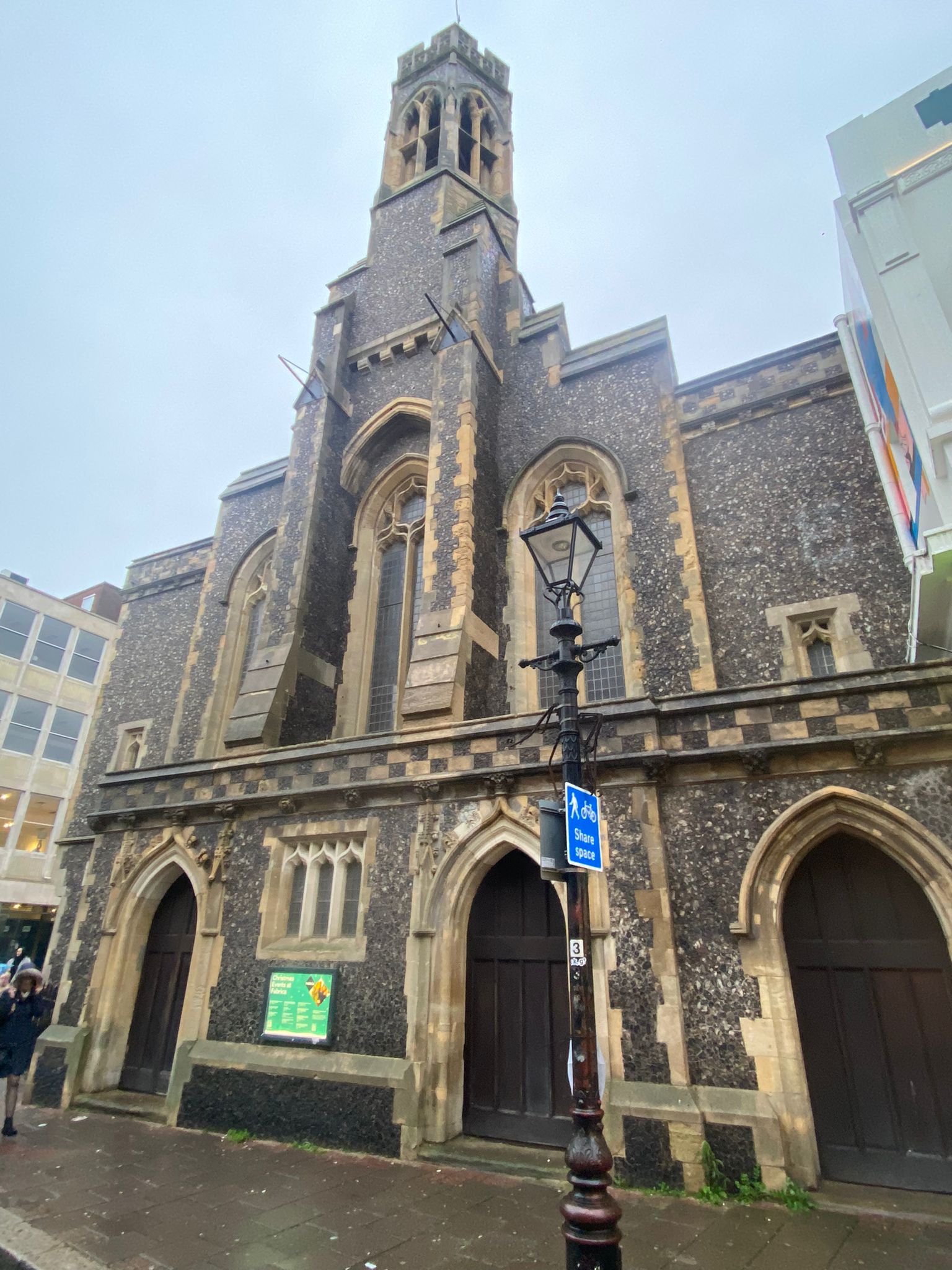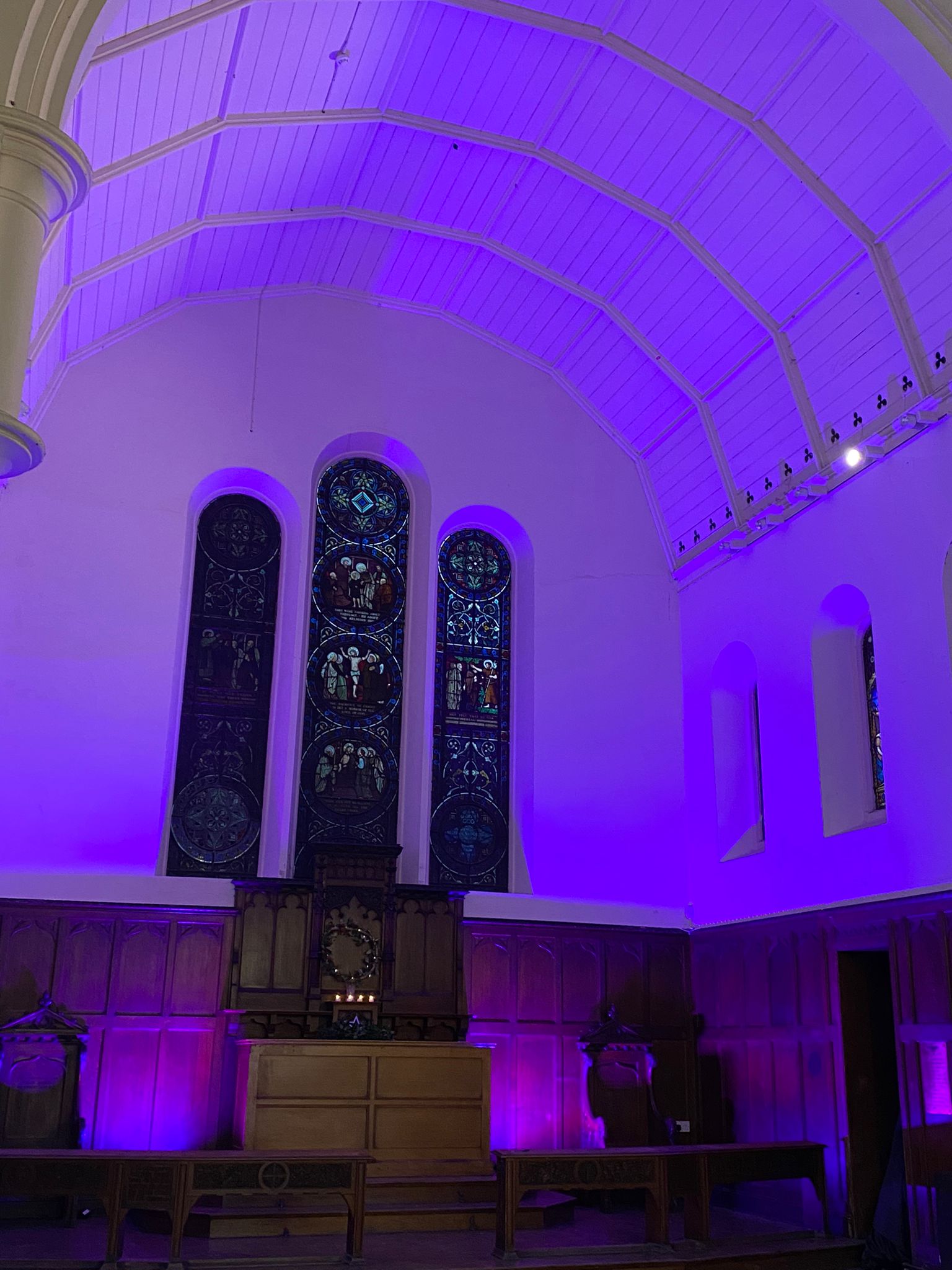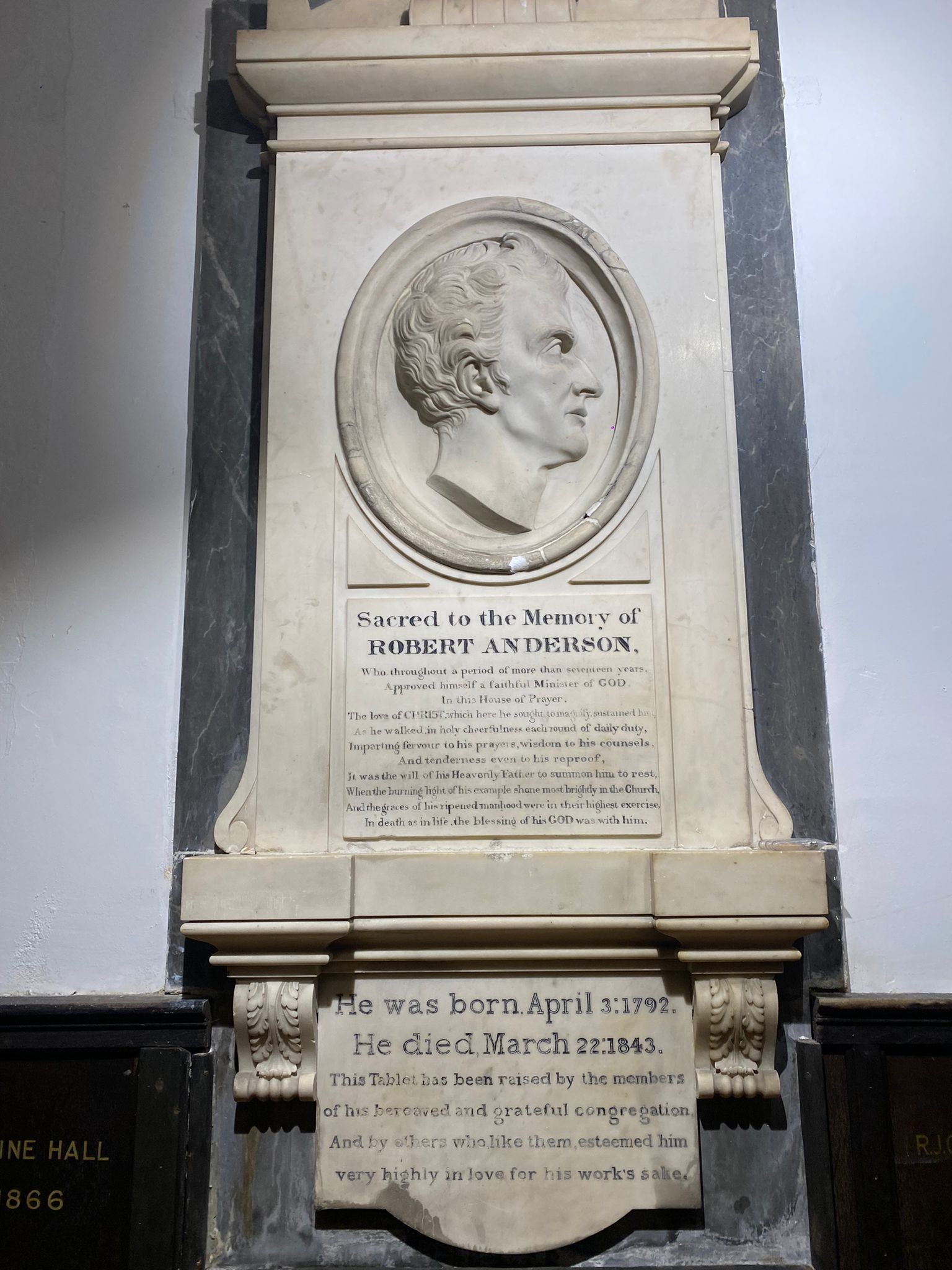Fabrica is a contemporary art gallery in a former church on the corner of Ship Street and Duke Street in the Lanes of Brighton. The beautiful Grade-II listed building is a former Holy Trinity chapel that is now a big open space used for different things including art exhibitions, events, talks, workshops and film screenings. It also has a small shop and cafe.

Famous property developer Thomas Kemp originally built Ship Street Chapel in 1817 but within a few years apparently lost interest and started building what is now Kemptown.
Colette, a tour guide at Fabrica, said: “This was a vibrant thriving area when the lanes came so this was a good location. It originally had a glass dome but has gone through a lot of changes.”

Ship Street Chapel became part of the Church of England in 1826 and later became Holy Trinity Church. The building was changed three times before the turn of the century including the introduction of a Norman Gothic chancel in 1869. In the 1880s the flint and gothic style was added.
Fabrica tour guide Lucy said: “It was a pretty impressive building which you can no longer get a sense of because you can’t see it from a distance.” The building is now surrounded by shops and even some of the stained glass windows have buildings on the other side of them.

Some of the most famous incumbents, listed on the wall in the hidden highlights of a heritage tour, include Frederick William Robertson. Robertson was quite liberal for his time and whose sermons drew crowds from far and wide.
Lucy added: “It was a proprietor church with paying pews and a pew keeper. It was theatre. The rich and famous had a balcony and came to hear Robertson preach. Charles Dickens credited him as the most eloquent preacher. People queued for hours to get the free seats. Fabrica is still a place where ideas are shared and new ideas are voiced.”

Capitalising on the church’s money-making potential, in 1866 Reverend Edward Vine Hall removed the pews, which seated 700 and installed benches to allow a congregation of 900.
The church was deconsecrated in the mid-1970s and then lay empty before being converted into an art gallery 27 years ago in 1996. Some of the hidden treasures of the building, which can be viewed on a heritage tour include hidden glazed tiles which were covered with oak panelling. There are also several stained glass windows.
Now Fabrica, a registered charity is focused on visitors “experiencing culture and creativity in unexpected ways”. Its year-round programme aims to incorporate learning and education, artist development, film, exhibitions, volunteering and work placements. The venue can also be hired privately.
WeLoveBrighton attended a free heritage tour at Fabrica. Visit the website for the next dates. A new book If These Walls Could Talk explores the building’s history in depth.
Address: 40 Duke St, Brighton, BN1 1AG
For full listings of upcoming events, visit Fabrica’s website: https://fabrica.org.uk/whats-on
